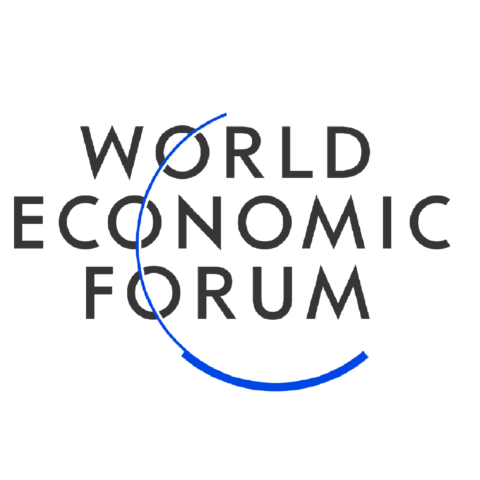- New website EarthTime, to launch on World Earth Day (22 April), combines NASA satellite imagery with over 300 free, open-source geospatial datasets to show humanity’s impact on the planet
- EarthTime uses experts to track and connect patterns between a range of topics from deforestation to city growth, coral bleaching and rise in sea level
- Website was developed by Carnegie Mellon University and the World Economic Forum and presents big data in a way that enables better informed decisions about our impact and the challenges we face
For more information or to try out the site ahead of World Earth Day, contact Max Hall, World Economic Forum at mhal@weforum.org

Geneva, Switzerland, 20 April 2018 – A new website that combines dramatic images from space with expert analysis of how humans are changing the planet will launch on World Earth Day (22 April).
EarthTime ties together diverse data layers to show the patterns and connections behind some of the major social and political trends of the past two decades – and how they are inscribed into fast-changing landscapes.
The platform has already been used in public outreach in schools and museums, and to inform world leaders at World Economic Forum events of major environmental and geoeconomic shifts, from air pollution to inequality. It uses images captured by NASA satellites since 1984.
The vision, and long-term goal, is to better inform everyone – including individuals, business heads and policy-makers – about the lives we lead, the decisions we make and the impact we have on the planet.
Nine expert analyses on global challenges will be launched on World Earth Day (22 April): deforestation, city growth, coral bleaching, fires at night, glaciers, renewables, sea-level rise, surface-water gain and loss and urban fragility. Other layers will be added in the months and years ahead. You can see them at www.earthtime.org.
EarthTime was developed by CREATE Lab (the Community Robotics, Education and Technology Empowerment Lab) at Carnegie Mellon University, in partnership with the World Economic Forum. It draws on the Forum’s network of experts to give analyses and to tell stories. Users will soon be able to create their own stories.
EarthTime uses more than 300 free, open-source, geospatial datasets – an unprecedented number for visualizations of this kind. Expert opinions make sense of the data and the connections between them allowing a layering of narratives (e.g., how did rise in the global demand for meat trigger deforestation, a major contributor to climate change?). These stories are combined with images from space captured by NASA satellites between 1984 and 2016.
Current datasets come from the World Bank, the UNHCR, NASA, Berkeley Earth, the Stockholm International Peace Research Institute, Climate Central, S&P Global, Kudelski, the International Renewable Energy Agency and WWF, to name a few. New data providers are being added constantly.
The World Economic Forum has integrated EarthTime into its events since 2015. View a playlist of sessions at http://wef.ch/earthtimevideos.
“EarthTime tries to build the common ground that we believe is essential to the discourse that we all must have as stewards of our planet and our joint future,” said Illah Nourbakhsh, Professor of Robotics, Carnegie Mellon University, and Director, CREATE Lab.
“The Earth is changing dramatically. No single discipline can make sense of all that is now happening and no citizen is free from the consequences of what we all do next. We all must be involved in understanding Earth’s changes and how we can work together to bring about our desired sustainable future into reality.”
Nourbakhsh also serves as a Global Future Council member at the World Economic Forum. His research focuses on human-robot collaboration.
Lee Howell, Managing Director, Head of Global Programming, World Economic Forum, said: “For most leaders, it is difficult to comprehend fully the scale and scope of the planetary and socioeconomic challenges we face. This pioneering digital platform allows the business, policy and scientific communities to make better decisions for our planet through visualization and Big Data.”
For interviews, contact Max Hall, Public Engagement, World Economic Forum at mhal@weforum.org, or Byron Spice, Director of Media Relations, School of Computer Science, Carnegie Mellon University at bspice@cs.cmu.edu.
About the CREATE Lab
CREATE Lab explores socially meaningful innovation and deployment of robotic technologies.
It aims to:
- Empower a technologically fluent generation through experiential learning opportunities in and outside school; technology fluency is defined as the confidence to creatively configure technology to pursue individual and collective goals
- Empower citizens and scientists, with affordable environmental sensing and documentation instruments and powerful visualization platforms, to make sense of, and share, gathered scientific data to promote evidence-based decision making, public discourse and action
The World Economic Forum, committed to improving the state of the world, is the International Organization for Public-Private Cooperation. The Forum engages the foremost political, business and other leaders of society to shape global, regional and industry agendas. (www.weforum.org).
